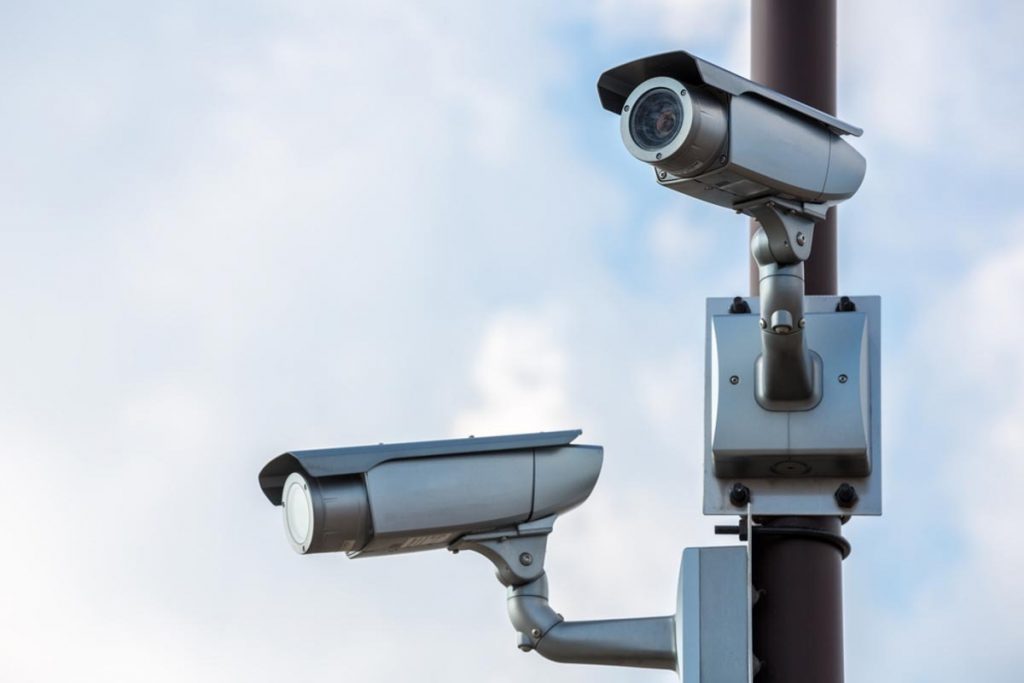Recovering Deleted CCTV Data: Step-by-Step Guide to Data Restoration
Recover Deleted CCTV Footage with This Step-by-Step CCTV Data Recovery Guide. Learn expert methods to restore lost surveillance data and ensure your security system remains fully functional.

Introduction
In today’s security-conscious world, CCTV systems are critical tools for surveillance, offering real-time monitoring and video evidence in case of incidents. However, like all technology, they are not immune to errors. Important footage can be lost due to accidental deletion, hardware failures, or system corruption. That’s where CCTV data recovery becomes essential. This article walks you through a practical, step-by-step guide to retrieving lost or deleted CCTV footage, ensuring your data is not lost for good
Understanding the Importance of CCTV Data Recovery
Whether it’s used in homes, offices, stores, or public spaces, CCTV is vital for security and accountability. Yet, despite its importance, data loss can happen due to power outages, overwrites, human error, or DVR malfunctions. In such cases, CCTV data recovery becomes critical—not only to regain lost footage but also to support investigations, legal matters, or simply maintain peace of mind
Step-by-Step CCTV Data Recovery Guide
Identify Your DVR or NVR System
Different CCTV systems use various formats and storage technologies. Identifying whether your system uses DVR (Digital Video Recorder), NVR (Network Video Recorder), or cloud storage is the first step. It helps determine the most suitable recovery method and software.
Stop All Recordings Immediately
When footage is deleted or goes missing, every second of continued recording can overwrite previously stored data. Power down the system or disable recordings to prevent permanent loss.
Avoid Further Use and Power Down the Device
Powering down the DVR/NVR system reduces the risk of further corruption. Avoid restarting the device multiple times or tampering with its settings, as this could complicate recovery.
Consult Professional CCTV Data Recovery Services
While DIY software tools exist, they often lack the capabilities needed for deeply embedded CCTV files. Consulting with professional CCTV data recovery services gives you access to advanced tools, forensic-level software, and trained technicians experienced with proprietary surveillance file systems.
Discuss Recovery Options with the Experts
Once you’ve chosen a service provider, discuss the problem in detail. They will evaluate the situation—whether it's logical data loss (deletion, corruption) or physical failure (damaged drives)—and explain the steps required for recovery.
Submit Your Device and Storage Media
If advised, ship or deliver the DVR, SD card, external hard drive, or other storage devices to the recovery lab. Proper handling at this stage is crucial—use anti-static bags and avoid exposure to heat or moisture.
Evaluation and Diagnosis
At the lab, technicians will inspect your device to determine the cause and extent of the data loss. They’ll then outline a customized recovery approach based on the type of system and storage involved.
Initiate the Data Recovery Process
Using specialized tools, experts will begin the CCTV data recovery process. This could involve cloning the drives, bypassing bad sectors, reconstructing corrupted video files, or manually restoring fragmented footage from the file system.
Verify the Recovered Footage
After extraction, professionals perform integrity checks to ensure the footage is playable, complete, and uncorrupted. This quality assurance step ensures that recovered data meets evidentiary standards if needed for legal use.
Return and Restore the Data
Recovered footage is then returned on a new drive or securely uploaded. The recovery team will also guide you on the best practices for restoring it to your original system or archiving it for future use
Conclusion
CCTV data recovery is more than just retrieving video files—it’s about restoring security, accountability, and peace of mind. Whether you’ve lost footage due to accidental deletion, system errors, or damaged storage, acting quickly and following a professional recovery process can make all the difference.
While some basic recoveries can be handled in-house, most cases benefit from expert intervention. Recovery specialists understand the nuances of CCTV file systems and have access to tools that go beyond standard recovery software.
If you’re looking for professional assistance, services like Perth data recovery offer specialized solutions for CCTV systems of all types—helping both residential and commercial users retrieve lost surveillance data securely and efficiently.